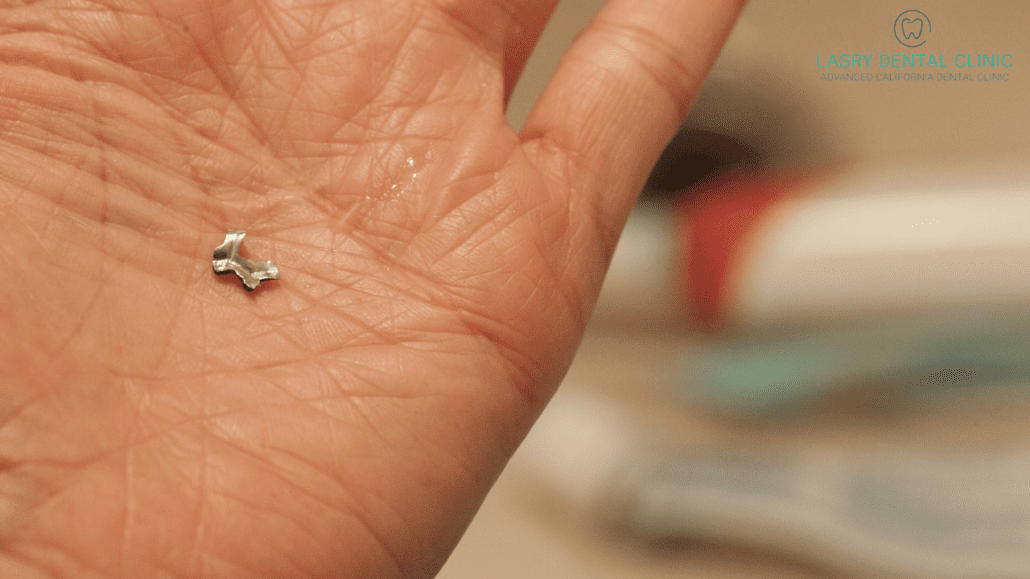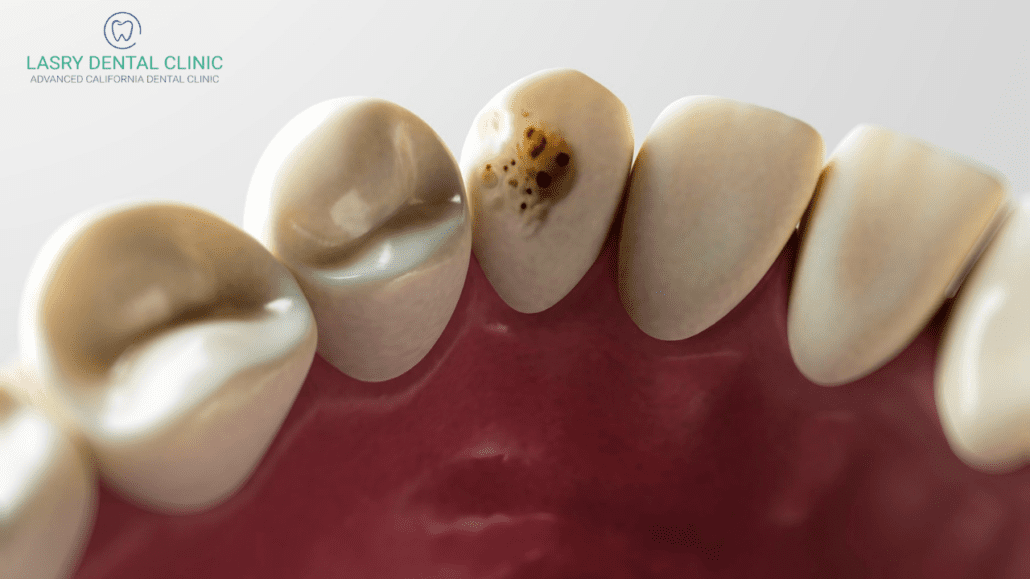How Much Are Teeth Fillings?
How much are teeth fillings? If you’re asking this, it’s because you think that you might have a cavity.
Despite the advancements of modern dentistry, tooth decay remains common. Unfortunately, a significant number of affected teeth continue untreated due to cost and access to care. Restoring a damaged tooth with a small filling prevents more complex treatment and the possibility of tooth extraction.
Preventing cavities with home care and regular visits can help avoid the need for fillings. However, if a cavity develops, you probably have several questions about what to do next.
RELATED: EVERYTHING YOU NEED TO KNOW ABOUT LOS ANGELES VENEERS
What Are Teeth Fillings Made Of?
How much teeth fillings cost depends on the type of material used to put them together. Dentists use several different dental materials to restore teeth to their normal look and function. Each material differs in their:
- Appearance
- Strength
- Durability
- Ease of placement
- Cost
RELATED: LOS ANGELES DENTAL: WHAT TO EXPECT DURING THE PANDEMIC
The most common materials used in dental fillings include:
- Amalgam: Amalgam is a well-known silver filling. The presence of mercury in amalgam has caused its use to decline due to mercury’s potential health hazards.
- Composite resin: These tooth-colored materials are commonly used to restore front teeth today. Improvements in composite materials have led to them being used in your back teeth instead of amalgam.
- Ceramic: This advanced tooth-colored dental material (usually made of porcelain) offers superior strength and durability to composite resin filings.
- Glass ionomer: This material releases fluoride but is relatively weak. Dentists use glass ionomer more commonly to fill cavities in children.
- Gold: Gold is seldomly used for dental fillings due to the high cost and difficulty placing.
How Are Teeth Fillings Done?
You can make your appointment for a dental filling easier by making preparations. Here’s how to prep the day before your filling:
- Get a good night’s sleep the night before your appointment.
- Make sure you eat meals as usual on the day of your appointment.
- Brush and floss before your appointment. Good oral hygiene keeps your gums healthy and prevents bleeding that might interfere with your filling.
- Do not use alcohol or tobacco products on the day of your appointment.
- Arrive early for your appointment.
A dental filling procedure involves the following steps:
- Your dentist confirms the presence and location of the cavity. A dental x-ray can confirm the presence of tooth decay and reveal the extent of the cavity.
- Your dentist numbs your tooth. You receive a local anesthetic to numb the tooth, and this allows your dentist to restore your tooth without causing pain. The anesthetic may take several hours to wear off. You will need to take caution when eating and drinking during this time.
- After confirming your tooth’s numbness, your dentist uses a dental handpiece, laser, or air abrasion instrument to remove the tooth decay. Different instruments and dental solutions applied to the inside of the cavity ensure the removal of all bacteria, debris, and decay.
- A deep cavity that approaches the nerve of the tooth may receive a base, placed in the deepest part of the cavity.
- Your dentist places the filling material in the cavity.
- Your dentist checks to make sure the filling does not interfere with your bite.
- Your dentist smoothes and polishes the filling.
RELATED: HOW TO BRUSH YOUR TEETH PROPERLY
Does a Cavity Filling Hurt?
Your numb tooth should not hurt during the filling procedure. Once the dental anesthetic wears off, you may experience:
- Tenderness at the injection site: The anesthetic needle can cause tenderness of the muscles and soft tissues inside your mouth. This typically wears off in a day or two.
- Jaw soreness: Some people get a sore jaw from holding their mouth open for the filling appointment. This also goes away quickly.
- Sore gums: The gum tissue around the filled tooth may become tender and even bleed slightly for a couple of days.
- Sensitive tooth: A newly filled tooth may experience temperature sensitivity for a few days.
When to Call Your Dentist After a Filling
Call your dentist if you experience:
- Pain in your gums or jaw that lasts more than a few days.
- A throbbing toothache, especially if it wakes you up at night.
- Sensitivity to hot or cold that lasts longer than a few seconds.
- Any swelling in your jaw or gums.
RELATED: WHAT ARE THE SYMPTOMS OF A TOOTHACHE?
How Much Are Cavity Fillings?
Tooth fillings vary but generally cost less than other restorative dental procedures such as crowns and veneers. Investing in a dental filling helps maintain your tooth’s strength throughout your life.
Several factors affect the total cost of your filling, including:
- The timing of your filling: The longer you wait to have a tooth filled, the more likely the cost increases due to the development of complications over time.
- The location of the tooth: Back teeth can present problems accessing the tooth decay. This can take longer and affect the price. Front teeth may not present this problem, but they require more expensive materials to fill the tooth and create a bright smile.
- The amount of decay: Extensive decay can destroy a lot of the natural tooth and need a more complex filling. Deep decay can also lead to the need for root canal treatment that raises the cost considerably.
- The type of dental material used: You may have several options of materials that can fill your cavity. Some materials may cost more than others.
- The need for sedation: Using nitrous oxide or oral sedation in addition to local anesthetic increases the cost of filling placement.
As you can see, the answer to “How much are teeth fillings?” is, it depends. With these many factors, you should discuss the cost with your dentist before treatment.
How Much are Teeth Fillings Without Insurance?
Although employees place a high value on dental insurance, 74 million people in America have no dental coverage. This makes the cost of fillings without insurance a genuine concern for many people. Unfortunately, lack of dental insurance prevents many people from visiting a dentist regularly.
Delaying dental treatment can cost you more time and money to save a tooth from extraction. Small teeth fillings cost much less than more extensive treatments such as root canals, implants, and crowns.
If you lack dental coverage and need a dental filling, talk with your dentist about the financial options available to you instead of delaying treatment. Usually, the out-of-pocket price can be reduced, especially if you pay it all upfront.
RELATED: DENTAL CROWN: PRICE, PROCEDURE, AND OPTIONS







Leave a Reply
Want to join the discussion?Feel free to contribute!